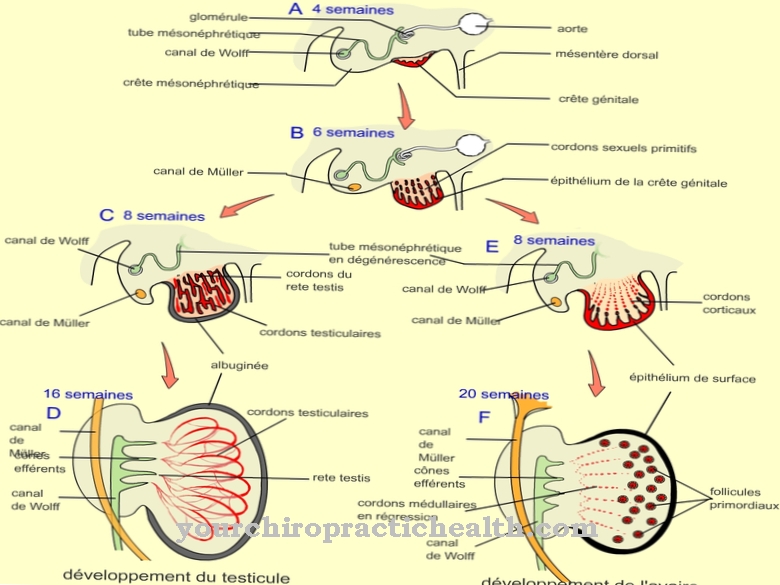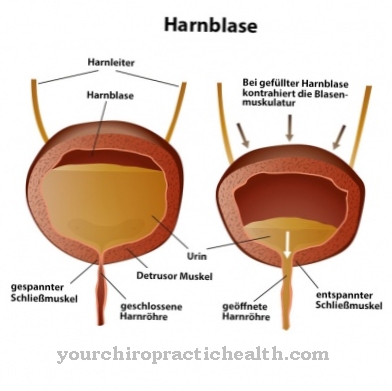Of the Plantain is a very old medicinal plant that was already known to the Assyrians. In ancient Greece and the Middle Ages, folk medicine used the inconspicuous plant that grew along the road and between cobblestones to treat rheumatic diseases. As the Roman author Pliny the Elder (1st century AD) reports, plantain even helped with scorpion stings and animal bites.
Occurrence & cultivation of broad-plantain

On the long leafless stem there is a green spike-like inflorescence that blooms from June to October. The delicate leaves are best collected and dried before flowering in May. The undemanding and step-resistant medicinal plant is native to Europe and now grows almost everywhere: directly on paths, at the edges of roads, on lawns, fields and even on the side of the road. The broad-planted plantain occurs all over the world wherever it encounters nutrient-rich, moist and hard soil.
Effect & application
It is used internally and externally and has a very broad spectrum of activity, which even surpasses that of the ribwort by a few areas of application. The user consumes the freshly picked younger leaves in a wild herb salad. Plant sap is obtained from them by pressing. To prepare plantain tincture, the patient puts some fresh leaves in a screw-top jar and fills it with double grain so that they are completely covered.
Then he closes the jar and lets the contents steep for 2 to 6 weeks. Then he strains the tincture with a coffee filter and fills it into dark bottles. If only a little juice is required, the user can also squeeze the fresh leaf with his fingers until the juice runs out and then use it to treat the affected area of the body. The juice is also used to make pap poultices that relieve pain and have a decongestant effect. The plantain juice is also used internally against coughs and bronchial catarrh.
The tea is drunk or used for medicinal baths and ablutions. Plantain leaves are also processed into ointments and lotions, which are applied to the affected area of the body. The roots of the inconspicuous growth are chewed in the mouth, so that their antibacterial and antiviral ingredients effectively combat inflammation in the mouth and throat.
For the tea, the patient pours 1 to 2 teaspoons of fresh leaves or 0.5 to 1 teaspoon of dried herb with 1 liter of boiling water. 5 to 10 minutes later he strains the tea and drinks 2 to 3 cups in small sips throughout the day. Even the crushed leaves of the plant are used as a remedy: the user plucks some leaves, crushes them with a stone and places them on cuts, skin scratches and acne pimples.
When put in their shoes, they help hikers with blisters on their feet and foot pain. The oozing juice heals the wounds and cools them at the same time. Plantain is well tolerated in all applications. Occasionally, however, allergic rhinitis can occur. There are no known interactions with other agents.
Importance for health, treatment & prevention
All parts of the great plantain (leaves, roots, seeds) are suitable for medical applications. In contrast to the ribwort, which is only processed dry, the common plantain is mostly used fresh. The old medicinal plant contains allantoin, iridoid glycosides such as aucubin and catalpol, bitter substances, tannic acid, tannins, mucilage, salicylic acid, polyphenols, sulfur, mineral salts, silicic acid and vitamin C. Aucubin and catalpol have an anti-bacterial effect and thus help to prevent infections Body treat.
The substances also prevent inflammation, reduce fever and strengthen the patient's immune system. The great plantain is therefore used as a natural broad spectrum antibiotic against various diseases (sore throats, gastritis, stomach and intestinal ulcers, colds, bronchitis, whooping cough, asthma).
In the case of cystitis and lung infection, 10 ml of plantain juice is sufficient to quickly improve your general condition. The tannins contained in the medicinal plant have an astringent effect and ensure rapid wound healing when the agent is applied to an open wound. The plant mucilage relieves the urge to cough in flu-like infections.
The versatile medicinal plant is also used for digestive disorders and for dehydration: it has a positive effect on an irritated bowel and constipation. Diarrhea is treated efficiently with the help of the plant's own tannins. In the case of certain complaints (colic, asthma and abdominal pain) the natural remedy relieves cramps and relaxes the muscles. Because of its anti-microbial properties, it kills intestinal parasites.
Toothache, facial neuralgia, colic and other painful conditions are eliminated. The plant also helps to channel dangerous toxins out of the body and thus cleanses the inside. Even burns, sunburn, purulent ulcers, fistulas, hemorrhoids and warts on the skin are treated quickly and efficiently with plantain ointments.
The homeopathic Plantago major even helps to quit smoking. It creates an aversion to nicotine in the patient, so that the smoker inevitably has to quit smoking. Homeopaths also use the remedy for an irritated bladder, insomnia and mood swings.



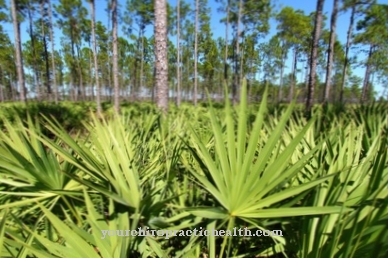
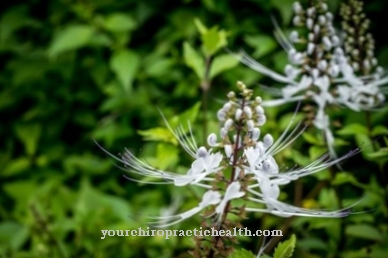
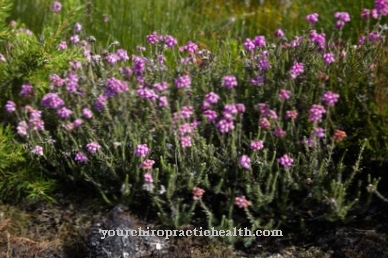
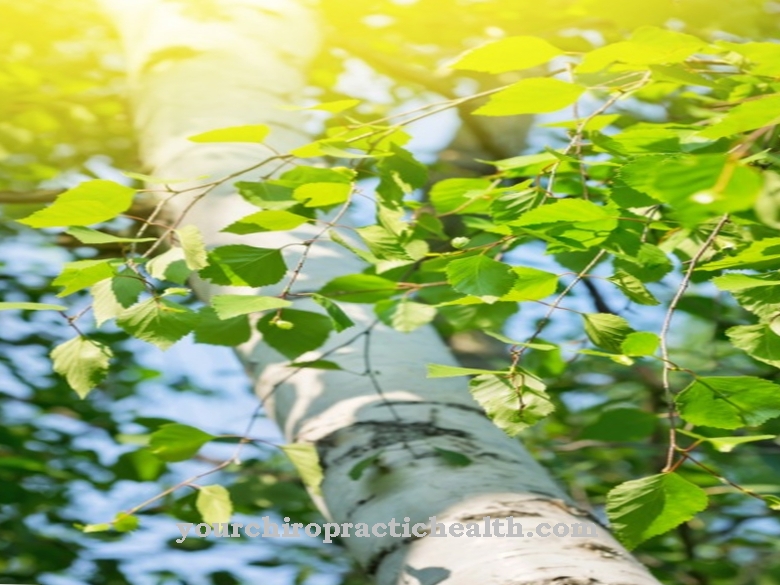




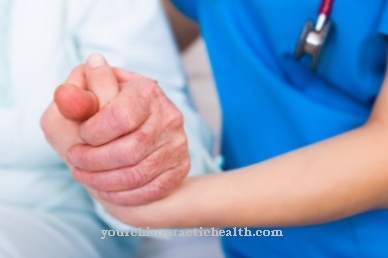
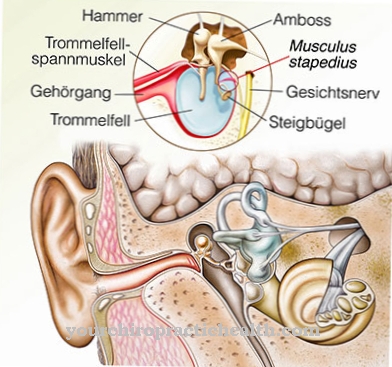


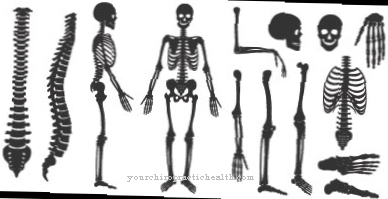
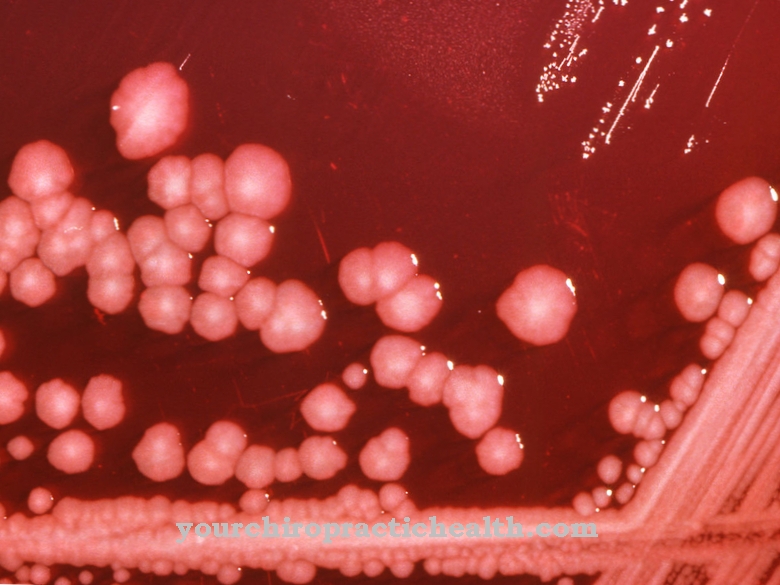
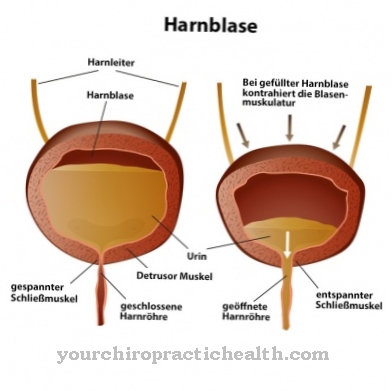

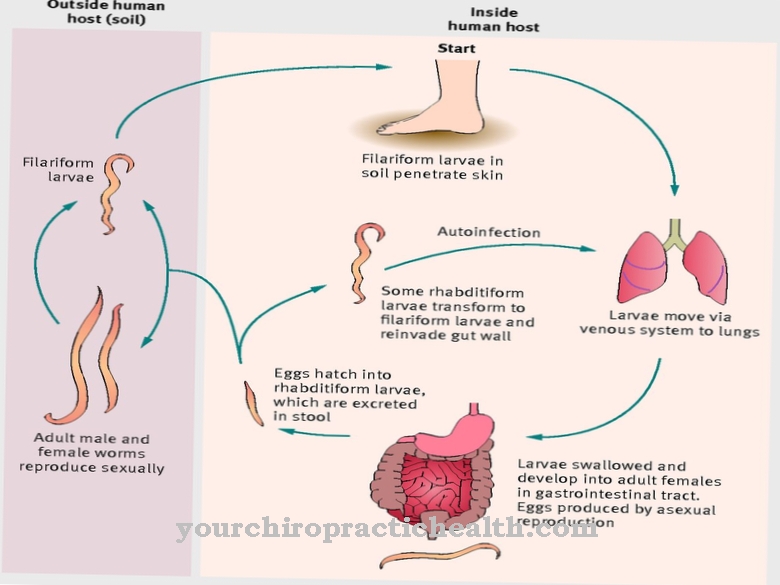


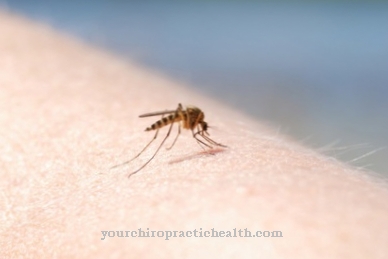
.jpg)

.jpg)
